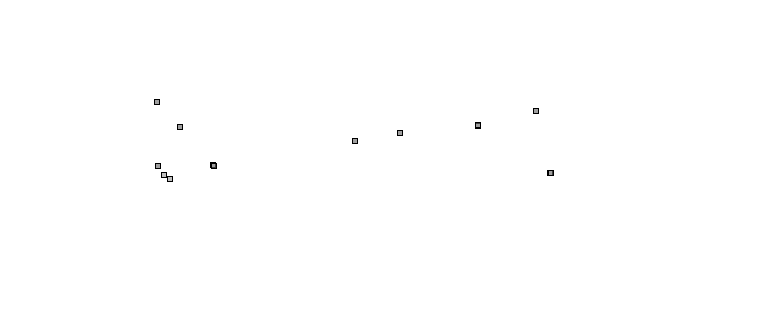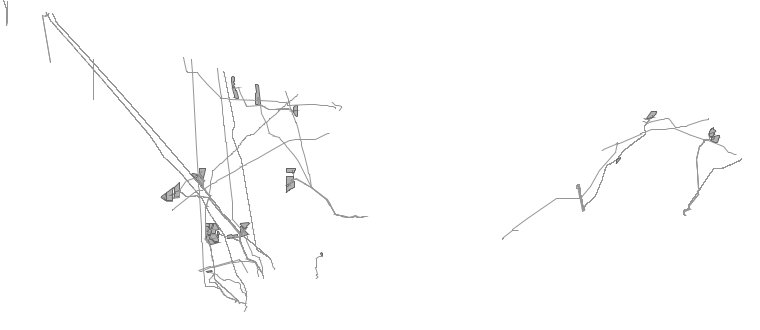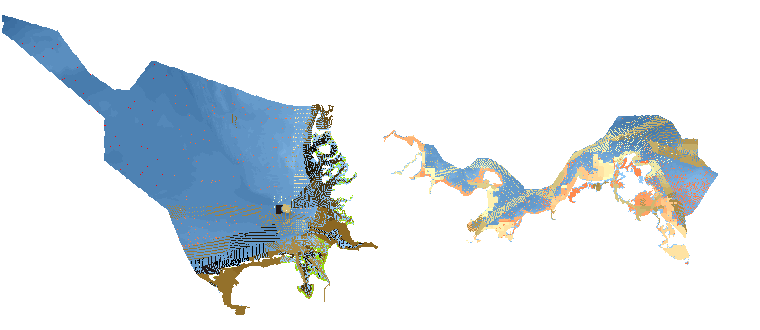Catalog

2976 record(s)
Provided by
Type of resources
Available actions
Topics
Keywords
Contact for the resource
Update frequencies
Service types
-

INSPIRE theme Sea Regions.
-

INSPIRE theme Planned Land Use (Marine Spatial Planning). Provision of marine spatial planning exclusive economic zone of Germany.
-

INSPIRE theme Sea Regions.
-

INSPIRE theme Environmental Monitoring Facilities. The data of the Marine Environmental Monitoring Network contain information on water temperature, salinity, level and current at different depths, air temperature, wind speed and direction, air pressure, humidity of the North and Baltic Sea at the stations Darßer Schwelle, Ems, Fehmarn Belt, Nordseeboje lll, Nordseeboje ll, Arkona Basin, German Bight, Fino 1, Kiel, Oder Bank.
-

INSPIRE theme Water Transport Network (shipping routes). The maritime data of the BSH for INSPIRE Transport Networks describe the water transport network for maritime navigation in the area of responsibility of the Federal Maritime and Hydrographic Agency (BSH) as well as its associated infrastructure facilities.
-

INSPIRE theme Water Transport Network (shipping routes). The maritime data of the BSH for INSPIRE Transport Networks describe the water transport network for maritime navigation in the area of responsibility of the Federal Maritime and Hydrographic Agency (BSH) as well as its associated infrastructure facilities.
-

INSPIRE theme Geology. Provision of the sediment distribution of the seabed in the North and Baltic Sea.
-

INSPIRE theme Environmental Monitoring Facilities. The data of the Marine Environmental Monitoring Network contain information on water temperature, salinity, level and current at different depths, air temperature, wind speed and direction, air pressure, humidity of the North and Baltic Sea at the stations Darßer Schwelle, Ems, Fehmarn Belt, Nordseeboje lll, Nordseeboje ll, Arkona Basin, German Bight, Fino 1, Kiel, Oder Bank.
-

INSPIRE theme Existing Land Use
-

INSPIRE theme Elevation (bathymetry). Provision of the topography of the seabed in the North and Baltic Sea.
 www.geodatenkatalog.de (S2F)
www.geodatenkatalog.de (S2F)